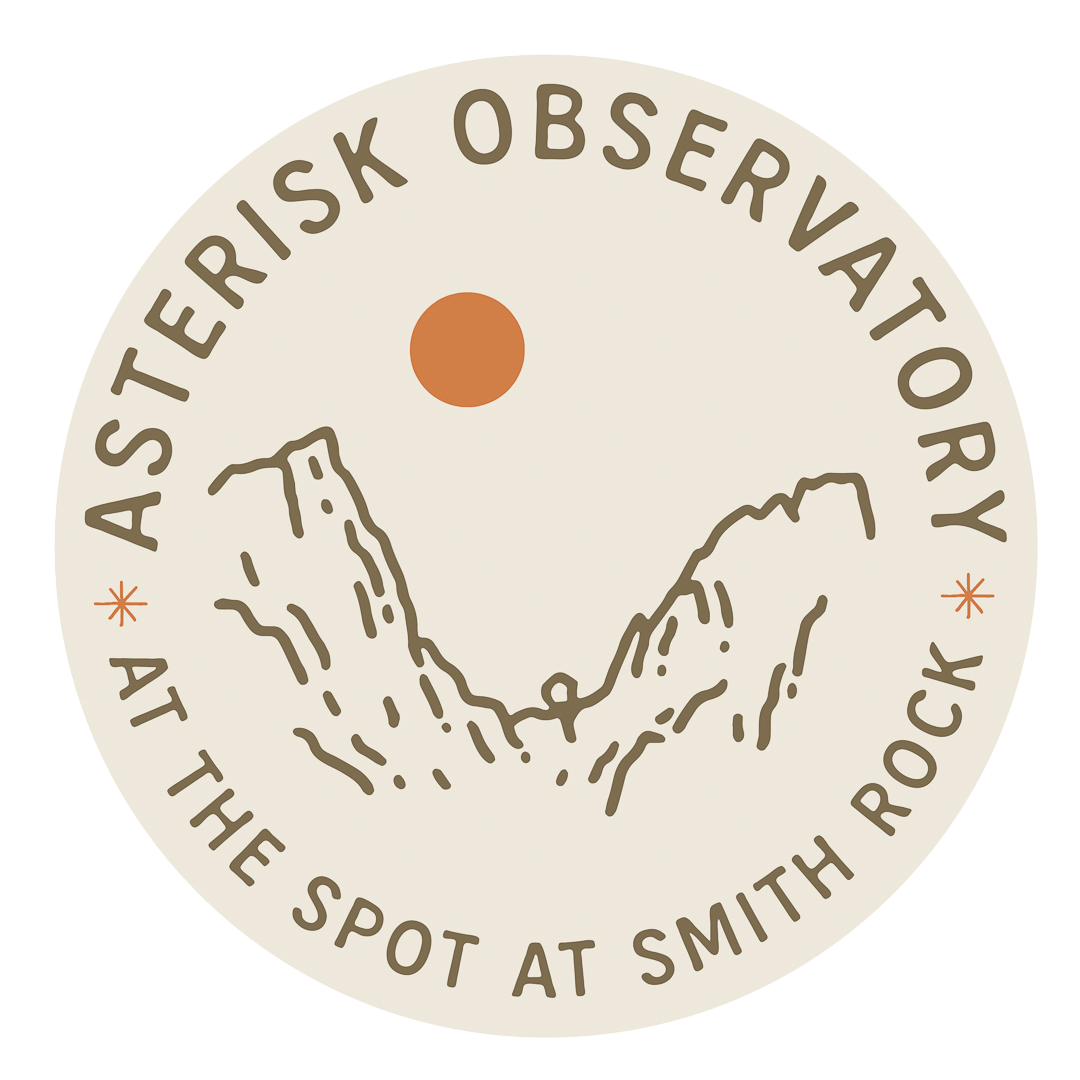June Guest Post: Stars in Our Skies
Authors: Reed Hagen and Georgia West
The eye-catching Whirlpool Galaxy is located 31 million light-years away in the constellation of Canes Venatici. Photo credit: NASA/ESA.
The evening stars of summer are slowly drifting westward as a new season approaches. Soon we’ll be enjoying familiar star patterns and the return of the Milky Way overhead.
Tucked beneath the arching handle of the Big Dipper lies the inconspicuous constellation of Canes Venatici. This region of the night sky is often passed over by casual observers because to the naked eye it appears barren. The two brightest stars, Cor Caroli and Chara, with magnitudes of 2.9 and 4.2, respectively, represent the hunting dogs of Boötes the Herdsman. There is no ancient Greek mythology associated with this constellation because it wasn’t introduced by Polish astronomer Johannes Hevelius until 1687. To locate Canes Venatici, search the space between Boötes and Ursa Major (the Great Bear).
The constellation’s brightest star, Cor Caroli (meaning the Heart of Charles), was named to honor King Charles I of England, who was executed by parliamentarians in 1649 for crimes of high treason. This object is also one of the finest double stars for amateur astronomers to view because it’s easily separated by almost any telescope. In addition, it’s colorful; the primary star shines a blue-white, while the dimmer companion gives off a warm yellow glow.
While there are no bright stars in Canes Venatici, the constellation contains is a treasure-trove of galaxies and star clusters that can only be accessed by optical aid. And many of them border on the spectacular, including five that are listed in the Messier Catalog of non-stellar objects. Perhaps the most iconic of these is M51, the Whirlpool Galaxy.
M51 is a majestic face-on spiral galaxy that displays prominent winding arms of stars, gas, and interstellar dust. Pictured next to M51 is NGC 5195, a smaller galaxy that astronomers think is gravitationally tugging on the arms of M51, triggering new star formation. The Whirlpool Galaxy is approximately 75 percent the size of our home galaxy, the Milky Way, and is located at a distance of about 31 million light-years.
Summer in the Northern Hemisphere begins on June 20 at 7:42 p.m. PDT, when the sun will stand directly above the Tropic of Cancer. This occurs because the northern portion of the earth’s axis of rotation is tilted toward the sun. The event will be celebrated by many as the start of an extended period of warmer weather, climatologically speaking, of course. While this makes stargazing more pleasant, the solstice also results in the shortest hours of darkness of the year. Couple that with being on daylight saving time, the brightest stars and planets don’t materialize until well after 9:30 p.m. local time.
All five visible planets are on display this month. On June 8 Jupiter and Mercury can be seen together just above the northwestern horizon 30 minutes after sunset. As the month progresses, Jupiter quickly drops out of sight while Mercury hangs around for most of June. Mars becomes visible high in the western sky at dusk. Venus shines brightly in the pre-dawn sky of morning to join Saturn, which rises about 2:30 a.m. early in the month. Uranus and Neptune are morning objects too but require optical aid to see them.
A brightening moon is in play during the first part of June, until the Strawberry Full Moon arrives on June 11. Our only natural satellite then goes on the wane before becoming dark on the 25th.
Dark Sky Tip: Keep your outdoor lights facing downward, or turned off entirely if you don’t need them lit. Because we have one of the best communities for stargazing in the Pacific Northwest, we need to protect our skies from light pollution.


